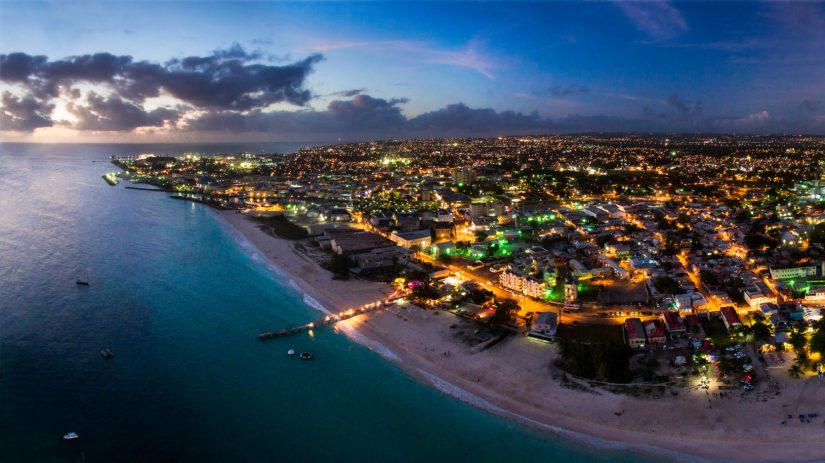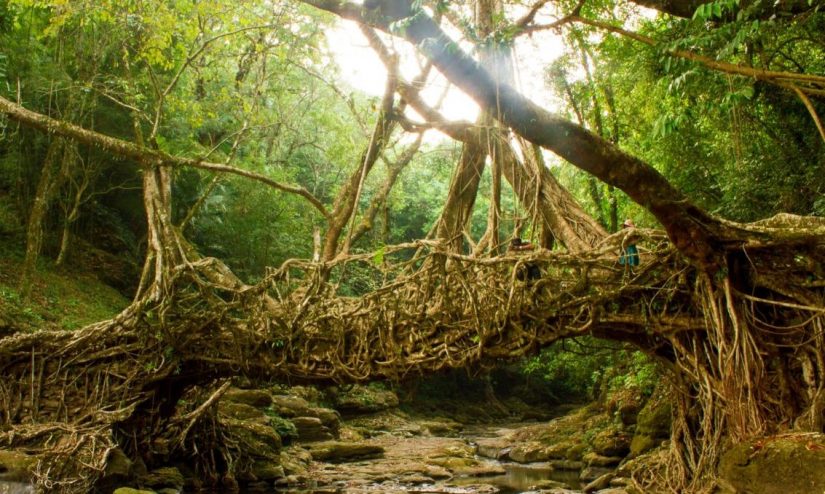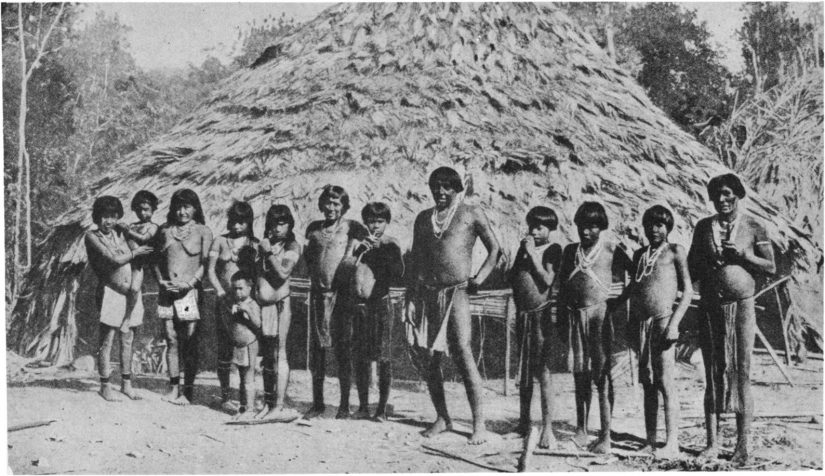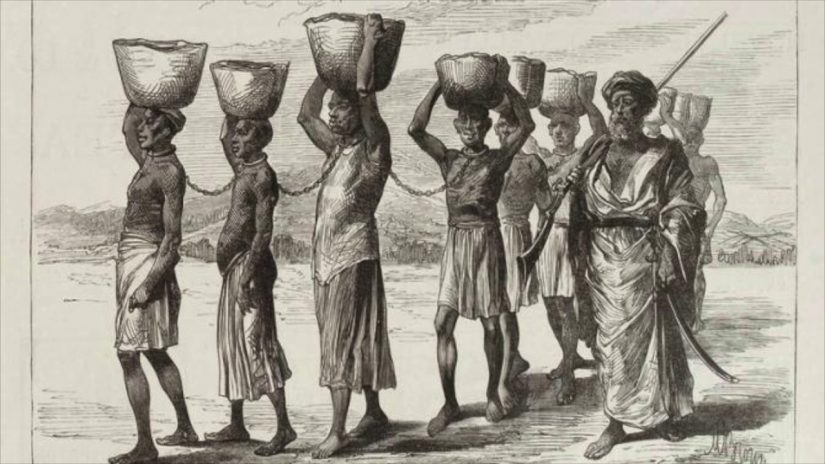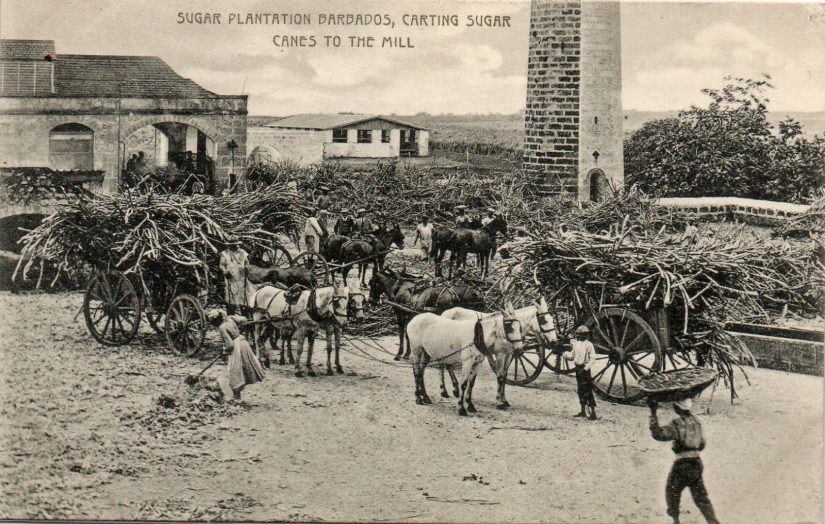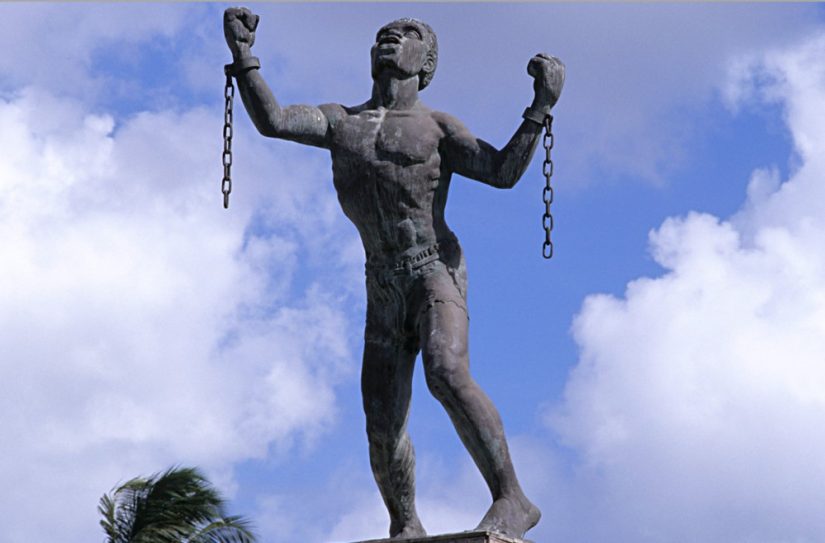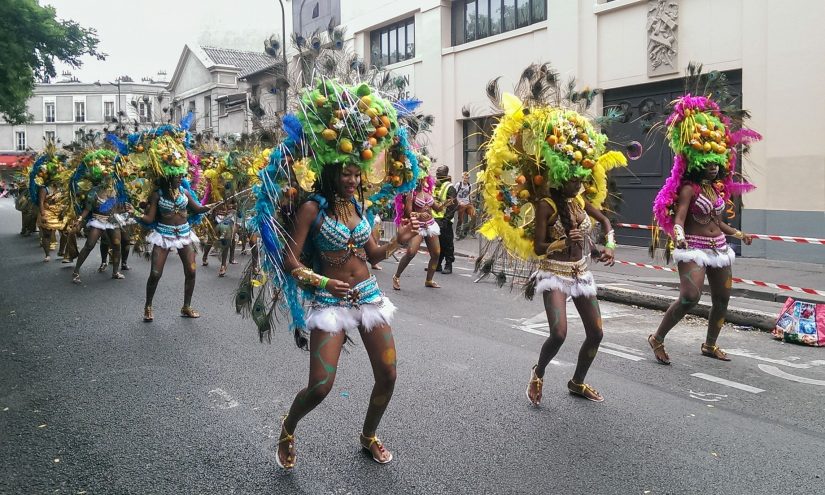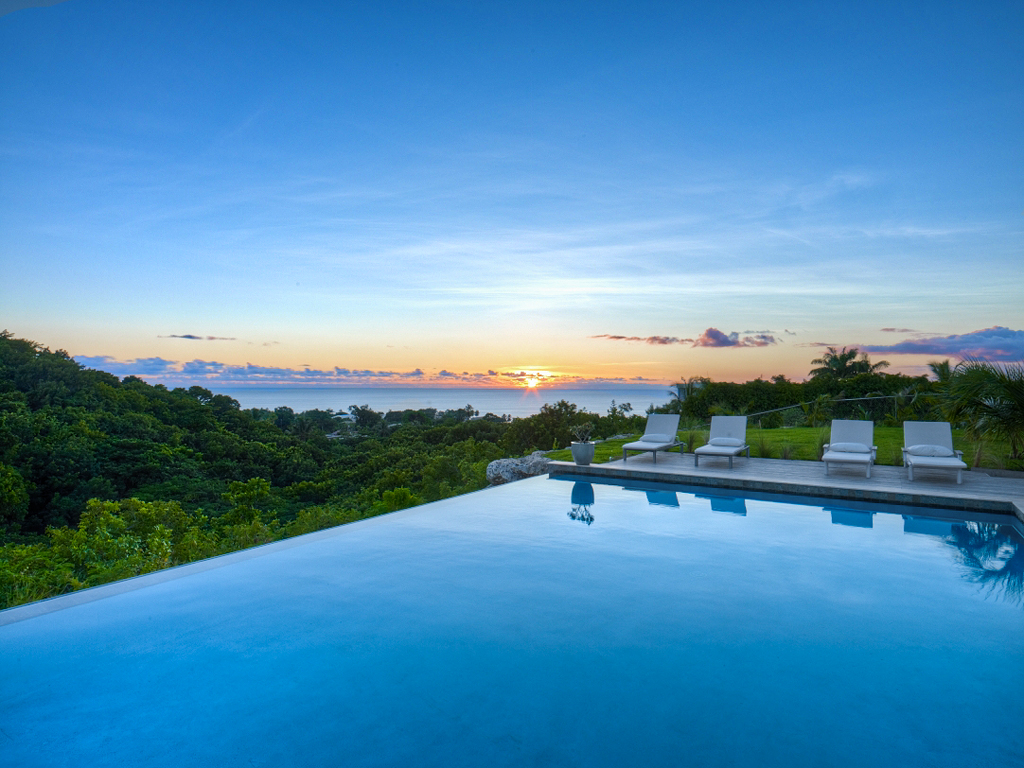They say history is written by the victors but I think we are now, more than ever, keen to know the absolute truth. Let’s look honestly at the history of Barbados Island. This magical island has endured through centuries of upheaval and conflict and has emerged the most beloved, best Caribbean destinations.
Location
Let me start with some basic information to set the stage. Location: Barbados is an island nation sandwiched between the Western Atlantic Ocean and the Eastern Caribbean. A question frequently asked: is Barbados part of the West Indies can be answered simply, yes! It may be the Easternmost of this island grouping with its nearest neighbours St Lucia and Grenada but it is a significant player in the diverse and culturally rich history of the West Indies.
At 167 square miles, it is an island that is ranked at number 26th in size in the Caribbean and has the great fortune to sit comfortably outside of the notorious Hurricane Belt. For this reason, the best time to travel to Barbados is all year round.
Barbados – What’s in a Name?
I love tracing back the origins of place names. It can reveal a great deal about the history of a country or city. The origins of the name Barbados is taken from the Portuguese word Barbados meaning ‘bearded’. The first Europeans to discover this pretty island in the Caribbean were the Portuguese.
Following in the tradition of explorers naming islands based on the first observed object of most noticeable feature, the Portuguese explorer Pedro o Campos named the island for the native fig trees that proliferate across Barbados. These trees have long hanging roots that look like beards.
In 1632, the Spanish included Barbados on one of its maps and it is identified as Isla del Barbado. This translates as The Island of the Bearded Man. I am doubtful that this is in any way a reference to the natives being bearded. This wouldn’t have been anything remarkable of note for the Conquistadores as both they and their fellow Spaniards and Portuguese back home would all have been nations of bearded men. I think the earlier Portuguese reference to the bearded fig trees simply evolved over time into this Spanish derivative.
Colonization in Barbados
Barbados was inhabited by the warlike Carrib Indians. This cannibalistic tribe had invaded Barbados and subdued the peaceable Arawak Indians, the first known settlers on these temperate shores. The early Arawaks had cultivated tobacco and cassava and enjoyed a harmonious existence in this Caribbean outpost before the Carribs arrived to crush them.
When Pedro A Campos first discovered Barbados on his route to Brazil, he decided against attempting to subdue the aggressive Barbados natives. It was Christopher Columbus, arriving on Spain’s behalf who overthrew the Carrib population through a combination of tactical warfare and the unwitting introduction of European diseases to which the natives had no natural immunity. Yet for all of this effort, Spain saw no reason to establish a colony on the island as it was deemed of little economic value to the Crown of Spain.
The British
It’s no surprise that the British Empire was the largest Empire in the history of the world. Never a nation to pass up an opportunity to raise the flag on an island anywhere on the globe, a Captain John Powell who veered off course while sailing from Brazil to England, weighed anchor in Barbados on 4th May 1625. The island was now completely uninhabited and Captain Powell took an opportunity to claim this island paradise for King James I of England.
Two years later on 17 February 1627, a ship captained by Henry Powell (a brother to John), arrived with 80 settlers and 10 press-ganged Irish and English workers who established the first settlement named Jamestown – known today as Holetown. This was the beginning of the history of Barbados island, as we know it today.
Agriculture and Progress
These early English settlers in Barbados recommenced the arduous task, started by the Arawak’s many centuries before, of clearing the land to make way for agriculture on a grand scale. Sugarcane was the agriculture crop of choice and by the year 1661, some expansive sugar plantations had been established across the island. The need for manpower to clear, cultivate and harvest sugarcane, started a grim chapter in Barbados History that reflects what was happening across so many of the other island nations in the Caribbean. Slavery.
I will digress slightly at this point. A lesser-known fact is that a small group of Barbadians set sail to establish colonies elsewhere in the Americas. Where did people from Barbados settle? Well, the Carolinas for a start. With their knowledge of establishing plantations on Barbados, these early continental American settlers, set about planting indigo and rice and after a series of trial and error, they eventually planted tobacco that would establish this part of the world as one of the biggest tobacco producers.
The Bitter Taste of Sugar
But back to our island history. Slavery in Barbados started in the 17th century. Shiploads of Africans of all ages and genders were transported by British trade ships from the West Coast of Africa to the Caribbean. The system involved trade ships from the main ports of England, like Liverpool, taking a cargo of cloth, weapons and alcohol to Africa, trading these items for human cargo.
The unfortunate Africans who were enslaved were sometimes captured in battles or kidnapped. They were shackled and marched for weeks to the coast and held in large compounds to await the arrival of the English trade ships. The slave trade in Africa was run by African or European African dealers who exchanged their prisoners for English goods.
Once the bargains were agreed, the human cargo was loaded into these trade ships for the long voyage across the Atlantic to the Caribbean. Conditions onboard these ships were appalling and it is estimated that up to 20% of the enslaved Africans died from ill-treatment, disease or by suicide in the course of these harrowing journeys.
The plantation owners and their desire to expand their highly profitable sugarcane enterprises drove the Barbados slave trade. In the mid-17th century, a slave might be purchased by a plantation owner for £7 but within a century that price had risen to £50. It made economic sense for the plantation owners to purchase their enslaved workforce as the annual salary for a white labourer could start at £10 per annum in addition to having to provide food and shelter.
Slavery in Barbados was ruthlessly undertaken by Britain’s ruling elites and The Barbados Slave Code of 1661 passed to provide a legal basis for unfair slavery. Slaves were kept in very basic quarters and were given meagre food supplies of salted fish, maize and yams. The slaves used their one day of rest, Sunday, to cultivate small gardens in hilly waste ground in which they supplemented their diets by growing sweet potato and other crops. Any severe weather conditions like droughts or heavy rainfall often had a detrimental impact on these allotments and malnutrition of the slave population was always a serious threat.
The Slave Rebellions
The plantation owners of Barbados fell into two camps: tyrannical or rather less tyrannical! It is tragic to note that some of these rich owners saw little point in maintaining acceptable standards of care for their slaves. They allowed them to die from disease, neglect, starvation – believing that it was easier to simply buy new slaves to replenish reduced numbers.
This inhuman and cruel treatment of the ever-growing Barbados slave trade created palpable tensions between the races. The very small white population and English settlers in Barbados became ever-more concerned with the militant and organised attitude of the slaves. In an attempt to control the far greater black population, the owners became ever crueller in their punishments for any perceived infractions by the slaves.
By the 1800s the landowners had established laws that prohibited slaves from leaving their plantations without permission. The beating of drums, a method of communication between slaves, was also banned. All of these laws were put in place in an attempt to subdue the Black population of Barbados and prevent it from organising itself into a revolutionary force.
Bussa
Yet in 1816 the largest slave rebellion of the Caribbean took place in Barbados. Over the course of 3 days, 800 slaves were killed in this Easter Rebellion and a further 100 executed. The rebellion was led by an African born, Barbadian named Bussa of Bayley’s plantation. Although the rebellion was crushed by the white landowners, it did force reforms to ease the conditions for the slaves across the island.
Today in Barbados there is the famous Emancipation Statue that depicts a slave breaking his chains. This emotive work is by Barbados’s most famous sculptor, Karl Broodhagen. Locally, the status is referred to as Bussa to honour one of Barbados’s greatest heroes from the era of the Slave Rebellions.
End of The Salve Trade Era
The humanitarian efforts by the abolitionists in Europe eventually affected a change in the laws surrounding the ownerships of slaves. It took an Act of Parliament in 1807 to halt the slave trade enterprises but it wasn’t until 28 August 1833 that the Slavery Abolition Act was passed, coming into effect on 1 August 1834.
When was slavery abolished in Barbados though? Technically, the Barbados slave trade abolition dates from 1 August 1834 but due to a period of ‘apprenticeship’, free men were obliged to work for 4 years in exchange for housing. Therefore, the Barbadian’s slaves had to wait until 1 August 1838 to really feel themselves to be free men and women with the rights and privileges accorded to all citizens of Barbados.
Today, the celebratory voices of those 70,000 freed slaves can be heard echoing on Emancipation Day, commemorated on 1 August each year.
More Freedom
Barbados had been a recognised British colony for centuries before striking out in its own right on 30 November 1966. Who owns Barbados now? Well, it is a self-governing island nation that is part of the Commonwealth Group of Nations. It sits shoulder to shoulder with similar islands like Jamaica and The Bahamas who have Queen Elizabeth II as their monarch. Her Majesty is represented on the island by her Governor-General.
The Government of Barbados was established in 1966 and the first Prime Minister was the Right Excellent Errol Barrow. Today, the Prime Minister is The Honourable Mia Mottley and her Governor-General is Dame Sandra Mason. A very progressive island to have embraced two powerful women in such key positions.
Bajan or Barbadian
Whether you refer to the Barbados nationality name as Barbadian or Bajan, you are simply putting a label on a group of individuals who are an exciting mix of West African, English, Irish, Scottish and many other nationalities. Influences from other Caribbean islands also mingle harmoniously with the Barbados history and there is a rich cultural heritage to be explored on this wonderful island.
For decades, Exceptional Villas has been delighted to introduce so many happy clients to the magical destination that is Barbados, providing them with the most luxurious villas in Barbados. At any time of year, there are many things to do in Barbados. There are sublime beaches, glorious sunshine and a vibrant lifestyle to be enjoyed in this beautiful corner of the Caribbean.
In between world-class relaxation in our exquisite villas and luxury resorts, you can enjoy delving into the past of the incredible Barbados History while delighting in the delicious food and rum cocktails created especially for you.
Conclusion
“Our human compassion binds us the one to the other – not in pity or patronizingly, but as human beings who have learnt how to turn our common suffering into hope for the future”. This incredible quote is from Nelson Mandela and I believe it is at the cornerstone of the relationship all modern Europeans have with any nations that were once part of a network of colonies and outposts of an Empire.
We are all intrinsically linked through a shared heritage to nations such as Barbados. We stand side by side sharing mutual respect. Glancing over our collective shoulders, we can observe a history that has taught us everything we need to know about the resilience of the human spirit and the tireless and rewarding work of those individuals who always stand against oppression and cruelty.
But it is in looking to the present and into the future, that our new strength is forged. Barbados is part of a new wave of island nations with a strong national identity that has put it on a map of its own making. With an incredible heritage and now offering a luxurious Island lifestyle, there are many places to go in Barbados, as you uncover the past and enjoy the present. We salute all that is great in Barbados and acknowledge the remarkable Barbados history. We are eternally grateful to be able to participate in life on this island even if it’s just for a fleeting and fabulous vacation.
About Mairead Moriarty
Born and raised in Co Kerry, lived in London, New York, San Francisco, Dublin. Owner of one very battered suitcase, a well-worn passport and a million memories.
It seems very fitting for a travel writer that my surname translates as ‘Skilled Navigator’. Apart from an occasion when, aged 3, I got lost in a Supermarket in Tralee, I have managed to live up to my name!
Curiosity is probably the driver that has sent me on magical mystery tours around the world. I want to ‘feel’ a place. I want all my senses to be engaged: from the history and geography that has influenced a country or city, the arts and achievements of its natives, anything and everything really.
Regardless of whether I am on a local train travelling through Morocco, or poking around in Marconi’s study in Bologna or on a canal boat weaving through the heart of the English countryside, the same rules apply - ask questions, talk to locals, eat what they eat, sit quietly with nature and simply be.
Assimilate as much as is possible so as to understand the soul of a place. That is my passion. That is the compass by which I navigate.


